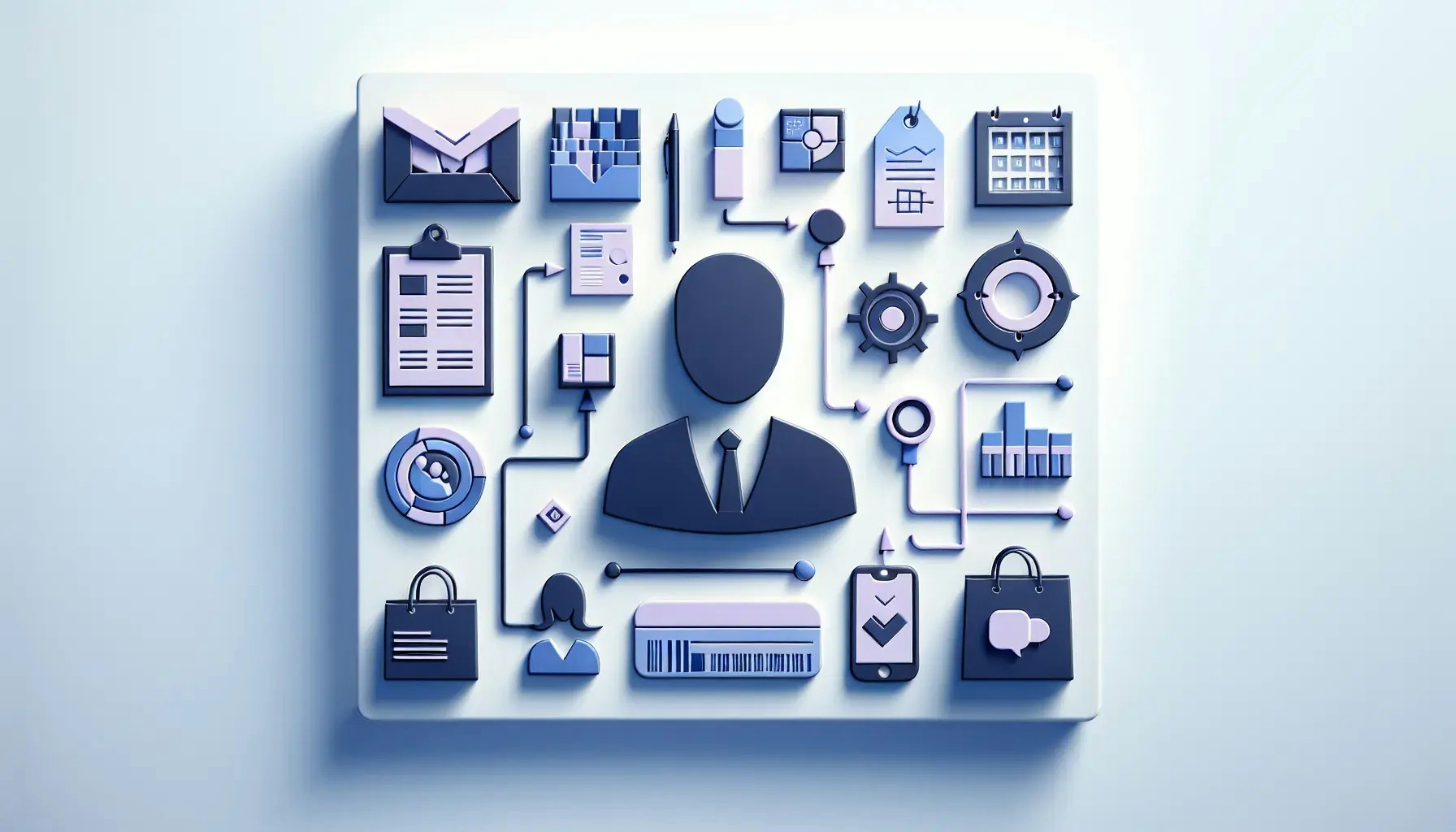In the fast-paced world of retail, equipping your staff with the right skills is crucial. This blog post delves into various techniques for effective training of retail staff. We'll explore innovative strategies, the importance of continuous learning, and how to create a conducive learning environment.
The Importance of Retail Staff Training
Training retail staff is not just about teaching them how to operate the cash register or where the products are located. It's about empowering them with the skills and knowledge they need to provide excellent customer service.
Retail is a customer-focused industry. The experience customers have in your store largely depends on the interactions they have with your staff. Well-trained employees can handle customer queries effectively, manage complaints professionally, and provide a level of service that encourages customers to return.
Moreover, training can boost staff morale and job satisfaction. Employees who feel competent and valued are more likely to stay with your company, reducing turnover and recruitment costs.
Innovative Training Techniques
Traditional classroom-style training has its place, but it's not the only way to train your retail staff. Consider incorporating innovative techniques into your training program.
Role-playing, for instance, can be an effective way to train staff. It allows employees to practice handling different scenarios in a safe environment. They can learn how to deal with difficult customers, upsell products, or handle a busy checkout line.
Another innovative technique is gamification. Turning training into a game can make it more engaging and fun. Employees can compete against each other to complete training modules, with rewards for those who do well.
Continuous Learning and Development
Training should not be a one-off event. Instead, it should be part of an ongoing learning and development program.
Continuous learning allows employees to keep up with changes in the retail industry, such as new technologies or sales techniques. It also provides opportunities for employees to develop their skills and progress in their careers.
To encourage continuous learning, consider creating a learning culture within your organization. Recognize and reward employees who take the initiative to learn and improve. Provide opportunities for employees to learn from each other, such as through mentoring programs or knowledge sharing sessions.
Creating a Conducive Learning Environment
The environment in which training takes place can significantly impact its effectiveness. A conducive learning environment is one that encourages active participation, supports learning, and respects the individual needs of learners.
To create such an environment, consider the physical aspects of the training space. Is it comfortable and free from distractions? Also, consider the psychological aspects. Do employees feel safe to ask questions and make mistakes?
Furthermore, the trainer plays a crucial role in creating a conducive learning environment. They should be knowledgeable, approachable, and able to facilitate learning rather than just deliver information.
Evaluating Training Effectiveness
It's important to evaluate the effectiveness of your training program. This can help you identify areas for improvement and ensure that your training is delivering the desired results.
There are various ways to evaluate training effectiveness. You could conduct surveys or interviews to get feedback from employees. You could also observe employees in the workplace to see if they are applying what they have learned.
Another method is to assess business outcomes, such as sales figures or customer satisfaction ratings. If these have improved after training, it's a good indication that your training is effective.
Overcoming Training Challenges
Despite its importance, training can be challenging. Common challenges include time constraints, budget limitations, and lack of employee engagement.
However, these challenges can be overcome with careful planning and creativity. For instance, you could use online training modules that employees can complete at their own pace. Or, you could incorporate training into regular work activities, such as team meetings or shift handovers.
To engage employees, make sure your training is relevant and interesting. Use real-life examples and interactive activities. And remember to communicate the benefits of training to your employees.
Wrapping Up: Mastering Retail Staff Training Techniques
Effective training of retail staff is a key factor in the success of your retail business. By using innovative techniques, promoting continuous learning, creating a conducive learning environment, evaluating training effectiveness, and overcoming training challenges, you can equip your staff with the skills they need to excel. Remember, a well-trained staff is your best asset in providing excellent customer service and driving business growth.

